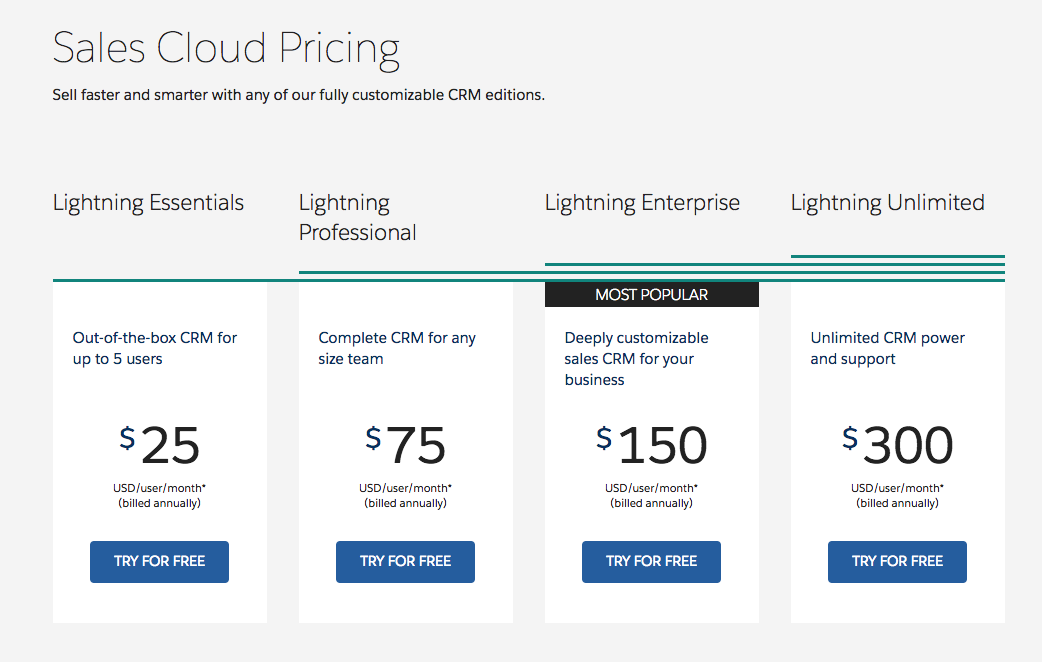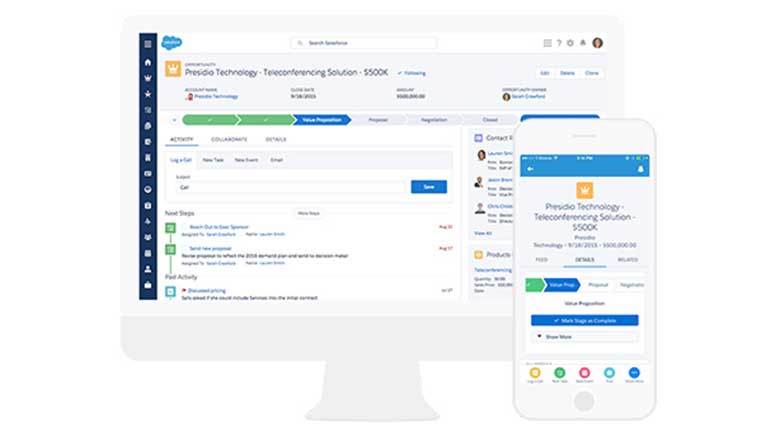SIMPLE CONTACT MANAGEMENT SOFTWARE
Making the Journey to the Clouds
Headed for the Clouds: Expert Advice for Moving to Cloud-Based CRM
In this hyperconnected world, your business must adjust in order to keep your competitive edge. The forward-thinking executive will align business to keep all customers right in the centre of all decisions.
Your customer is more mobile, more social, and more informed, has more options, and wants personalised and relevant interactions. At the same time, margins are thin and you must make the best use of resources and talent in your organisation.
It follows that your customer relationship management software needs to be more mobile, more connected, more informed, more agile, and more relevant to meet the demands of the connected customer. Your employees want a simple contact management software, and you need them to have all the tools necessary to succeed. In order to get the data translated into solutions and sales, you need a simple open source CRM software that can interface with other systems.
Cloud-based CRM software presents several advantages over on-site CRM software. Cloud-based software is hosted in a large data storage network rather than on-premise. This model can provide savings in hardware, software licensing, office space, and energy costs. Updates can be handled remotely, resulting in little or no downtime. An even more powerful advantage is that your people can access the data they need anytime, anywhere, and across all devices. This flexibility translates to improvements in communication, collaboration, document control, and efficiency. Moving your CRM to the Cloud puts the right tools in the hands of your people.
Furthermore, a Cloud based CRM solution can provide powerful capabilities while appearing to your sales team to be a simple contact management software that allows them to do all they need easily, without extra steps or complexities. They can be mobile and agile, doing all that they need in just a few screens.
So how do you get your CRM software off the ground and into the Cloud?
During this session of Dreamforce, business leaders provided answers and best practices for elevating their business with Salesforce’s SalesCloud. Scott Johnson, an implementation specialist with Salesforce, led a panel discussion with representatives from Salesforce customers. Jean Lassignardie, Corporate VP of Capgemini; Mike Ice, Regional VP of Sales at Cloud Sherpas (Mathworks’ implementation partner); and Brett Butler, Business Architect of WW Sales & Service Systems at Lexmark International shared insights during this session.
Why Salesforce Cloud?
Lassignardie lists three key reasons for shifting from old systems to a Cloud-based CRM. First, according to Lassignardie, the proportion of administrative tasks was too high. Capgemini, a multinational leader in consulting, technology, outsourcing, and professional services, wanted their people free to spend more time on collaborative work and less time on administration. Lassignardie says employees spent nearly 20 percent of their time on administrative tasks. Cloud-based CRM provides an answer to administrative productivity.
Another reason for using Cloud-based CRM, says Lassignardie, was to consolidate information that was held in so many places. Different systems had different information; some data was stuck on paper, some information was held in people’s local machines but not available to analyse and turn to results. They needed to centralise the information that the company had. Companies looking for a simple open source CRM see great advantages in the connections they can make between Salesforce and other systems.
The third reason for Capgemini’s switch to the Cloud was to increase performance. When marketing and sales account for 8% of overhead in a billion dollar business, better efficiency becomes critical. A Cloud-based CRM solution provides for better collaboration, better data management, better change management, increased mobility, and increased integration with other systems in the company.
Ice adds that when you focus on the customer, and put the needs of the business first, the change is natural. In an engineering-driven organisation, you need to increase the throughput of data and decrease the time and cost of getting that data. When you can get to the data, you are empowered to increase sales and decrease customer service calls. This is where a simple open source CRM solution really shines.
Lexmark International acquired some companies that were using Salesforce, and Butler says that they saw the advantages of the Cloud-based CRM solution over the older on-premise CRM system that Lexmark International was using. The change made so much sense when they saw so many advantages.
Implement in Stages
The typical migration is a journey from on-premises to co-existence to Cloud. Because many companies have heavily invested in customisation for their on-site CRM programs, they will probably want to consider an iterative approach.
Initially, these companies will want to translate that customisation to their new Cloud-based CRM, but Butler says that the strength of a leading CRM system like Salesforce is in configuration, rather than customisation. Salesforce has many out-of-the-box functionalities that businesses should explore fully before commissioning customisations. When customisations are necessary, the simple open-source platform Salesforce is built upon allows its partners to build customisations.
Mathworks implemented their new CRM solution with customer service before implementing it in sales. While this may seem to be reverse of what you would expect, Ice says there were a lot of reasons for this decision. Service was a tough process-driven area that was working well. They decided to begin implementation there, where it would get better adoption, rather than in sales where a migration would disrupt their business.
Ice emphasises their philosophy of Crawl, Walk, Run. Talking about the first implementation group, he says, “It was a rapid development life cycle where we locked down requirements and then went into a phased implementation approach of iterative sprints over time.” The crawl stage focused on the foundation, while the walk phase added capabilities. Today, Ice says, they are running.
Ice describes the implementation process: “As they finished implementation, they peeled off my team and let us go focus on the next thing while they continued to grow and enhance service on their own and became self sufficient.” He adds a key for those considering the shift that they should absolutely keep the skillsets in house. It is essential to retrain those who have been using the old systems and retool their skills into the new CRM system rather than having them fear for their job or worry that they’ll have to go to another company.
Lassignardie also recommends an iterative implementation, starting with a pilot group, keeping the two systems running concurrently.
Butler adds that Lexmark International found great success in taking people from their roles in business and IT and putting them together on a project team, because, as he points out, “It's not just the design and the go live, it's the ongoing training and adoption.” Lexmark had thousands of employees in four large geographic regions around the world; Butler asserts that you need a dedicated team for that.
Focus on the Business First with Data Management
Lassignardie says he wishes Capgemini would have made the decision to adopt Salesforce Cloud sooner. He points out that information is an asset, and you must provide the entire muscle of the company and get the tools into the hands of your people. All three executives agree that you must focus on the business first and the technology second. Butler says that the choice really isn’t about the software, but about business process alignment and master data management.
A good implementation will master data management. A good data strategy brings success, whereas a poorly-conceived data strategy can kill a project. This frequently requires some cultural adjustment because different parts of a company might use the same information differently. In order to get the most value out, there will need to be consistency.
Lastly, executive support drives success. When a company’s executives have a vision of the purpose and advantages in the transition from old systems to a Cloud-based CRM solution, obstacles can be surmounted and challenges can turn to opportunities.
Have Realistic Expectations
While there is great strength and advantage in moving your CRM to the Cloud, it is important to set realistic expectations. You cannot expect to shut down your legacy systems immediately; but you will need to make time and allow for both to run simultaneously for some time while processes are brought online.
Butler, Ice, and Lassignardie all emphasise the critical importance of good communication and executive support. They cite a Coexistence Challenge: some executives don’t see the justification for maintaining two systems; but the business case must account for the reality of business challenges and set proper expectations. Eventually, you will wean your business off of old systems; but you can’t expect to simply shut of what has been a critical business infrastructure.
Additional advice included an emphasis on the importance of retaining excellent talent. You should plan to train and certify the users. When you have top-down sponsorship and bottom-up enthusiasm and vision, the culture will adjust to embrace the potential and your business will see success.
Reaching the Cloud
You should expect the journey to a Cloud-based CRM system to include a period of coexistence. Implementation will be iterative and will require dedicated teamwork from all areas of business and IT to take a plan off the ground from requirements to implementation. Training and certification will help to catch the vision and realise the potential of the simple contact management software.
Ultimately, the advantages of mobility, agility, analytics, and connectivity drive the business case for moving to a Cloud-based CRM solution.



